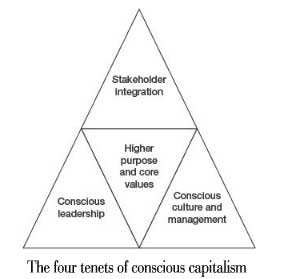The United Nations is a global leader, helping those in need achieve the proper economic stand point they need survive, whether they are lacking sufficient funding or instability. United Nations help to reform policies, tackle corruption and begin build a sense of community and peace between the world’s nations.
With this being said, the United Nations often have difficult time keeping the peace between our nations sane after their work is ‘complete’. Meaning, United Nations required heavy funding to keep UN workers situated and to help people to adapt to their nation’s changes, they are the fundamentals to the countries’ economic success. Being fully funded does not necessarily mean that this job can be accomplished, realistically, it is up to programs such as the Social Enterprise and Arc Initiative to help maintain composure and deal with small deals that may arise.
An example of how these programs help can be seen in an article about Salem, an Ethiopian business owner who gained valuable assets from learning more about how to expand her business and meet the needs and wants of those visiting Ethiopia, which in turns helps to better the Ethiopian poor economy.
Programs such as the two mentioned above help citizens to learn the basic fundamentals of business and strategically helps them to self sustain themselves and empower each other to learn and push through poverty.





 This post gives further insight and questions the opinions of classmate:
This post gives further insight and questions the opinions of classmate:  Co-CEO of Whole Foods Market, John Mackey recently co-published a book called, “Conscious Capitalism: Liberating the heroic spirit of business” which speaks of the supposedly new business paradigm and how to implement it. It presents a different way of thinking, speaking and acting in the work environment; conscious capitalism. The book conceptualizes expositions of values, thought patterns and most importantly accepts the criticism of the current practices for capitalism.
Co-CEO of Whole Foods Market, John Mackey recently co-published a book called, “Conscious Capitalism: Liberating the heroic spirit of business” which speaks of the supposedly new business paradigm and how to implement it. It presents a different way of thinking, speaking and acting in the work environment; conscious capitalism. The book conceptualizes expositions of values, thought patterns and most importantly accepts the criticism of the current practices for capitalism.
